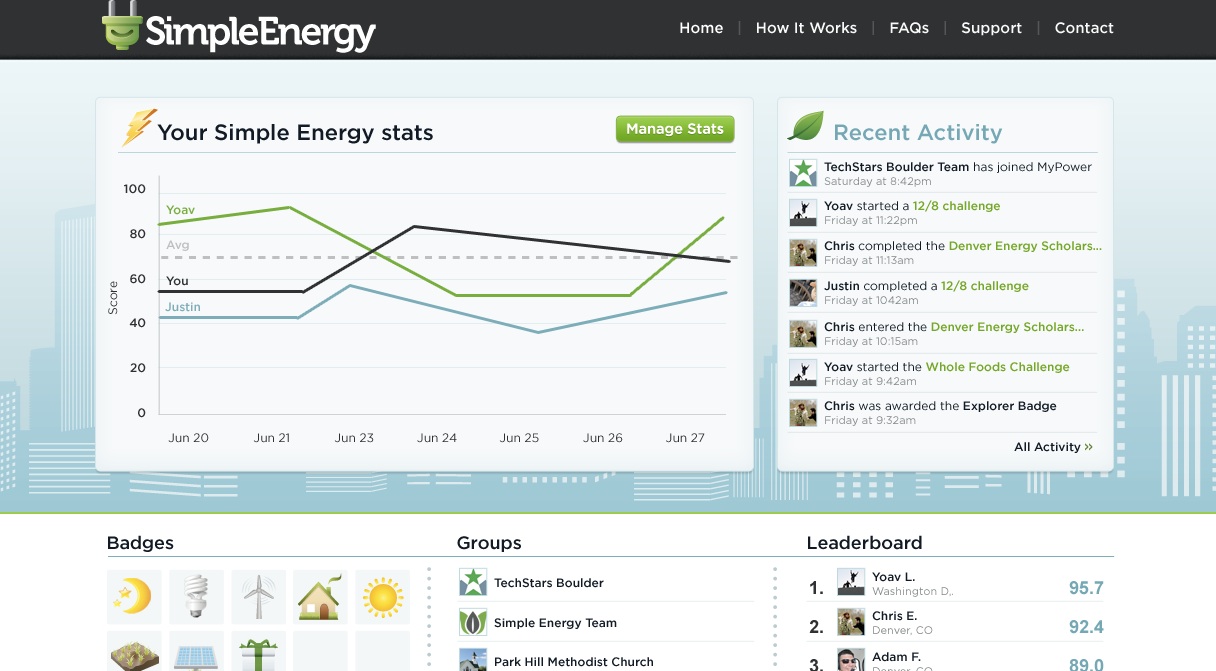Will Green Button open energy data markets in other countries?
<p>Want to make sense of all your energy use data? There's a (Green Button) app for that.</p>

What could generate a standing-room-only crowd in an upscale hotel in Menlo Park? It was an event earlier this month focused on the Green Button initiative. The agenda offered the opportunity to hear from Nick Sinai, deputy chief technology officer at the White House Office of Science and Technology Policy, and two presidential fellows, John Teeter and Matt Theall, talk about the past, present and future of energy consumption data, which is tremendously enabled by smart grid technologies. Event sponsors Pacific Gas & Electric (PG&E) and Siemens also spoke about future directions for Green Button data and the actionable information derived from it.
The Green Button project is a great example of a public/private partnership creating value in new economic opportunities for businesses and savings for consumers. The White House proposed the concept, based on the successful Blue Button program for veterans, to the three California investor-owned utilities (PG&E, Southern California Edison and San Diego Gas & Electric), which agreed to participate.
One of the most exciting aspects of the smart grid transformations is that we are creating new data. Green Button data is energy consumption data made available in a standard data format to its owners. That means you and me. I own my data and you own your data. I don’t get your data and you don’t get mine. I do get the ability to select a third party vendor of my choosing and share my data with that vendor to help me make sense of my data. The common data format lets application developers build one interface that will work with the energy consumption data across all utilities that agree to participate in this program.
To date, 35 utilities covering 36 million meters have agreed to make data available via the Green Button program to their commercial, industrial and residential customers. The momentum for utilities is there -- going from the initial three in late 2011 to 35 is a blistering pace for utilities, which aren’t fast-moving organizations. From December to last month there has been a seven-fold increase in consumer downloads of their data, and that’s why the event was standing room only. There’s gold to mine in that data, as the speakers representing 10 of these application developers noted.
They had interesting stories and experiences to share, but from my perspective, discussion of the latest Green Button activities were equally valuable for current and new application providers. For instance, the latest White House challenge, Green Button Connect, asked utilities to make it uniformly easy for consumers to provide authorization to release data to third parties. It seems like a simple enough concept, but almost any large organization inadvertently can create a discouraging number of flaming hoops to jump through to complete a service request.
And (drum roll please), the White House has secured the agreement of the UCAIug to create a testing and certification structure that can be used at cooperating lab facilities across the country. This is key. There’s a good reason to do testing and certification. The process ensures that new applications behave as described and won’t have adverse impacts on electric grid performance. But if every utility creates a unique testing and certification requirement, that would kill many small companies, who simply can’t afford the time and labor to jump through this hoop multiple times for one product release. The common testing and certification structure is an invaluable process to eliminate friction in translating a great idea into a deployed reality. A three-month dry run of the test and certification process will start soon.
Another interesting angle to this event: Siemens, one of the event sponsors represented by Lisa Caswell, CEO of eMeter, and Chris King, eMeter's chief regulatory officer, wants to take the Green Button initiative international. This could open up markets for energy data applications outside of North America for ambitious application developers, and vice versa. That’s another reason why it was standing room only in Menlo Park -- the global market is estimated to be around $10 billion by 2015.
Where else can the Green Button initiative deliver value to consumers and aspiring developers? Inclusion of energy production data would be a natural evolution, particularly as we move to a more transactive energy market with the technologies to produce electricity as well as consume it. So would a faster turnaround time on getting that data. But the initiative is off to a great start, and judging from the attendees in the room, a significant amount of future value is yet to be exploited.
People Power 1.0 app (top) screenshot from People Power video.






